Predicting the future in most cases is guesswork whether it is done scientifically or statistically by analyzing available information, or it is an intuitive sense of what could happen. There are also things that one might unintentionally say that would eventually end up being true. Retrospectively, many such predictions can seem uncanny and impossible. Yet they do happen, and here are 10 such direct and indirect predictions that came out true.
1. In 1909, Mark Twain predicted his own death. He was born shortly after the appearance of Halley’s Comet in 1835 and said that he would “go out with it,” which he did.
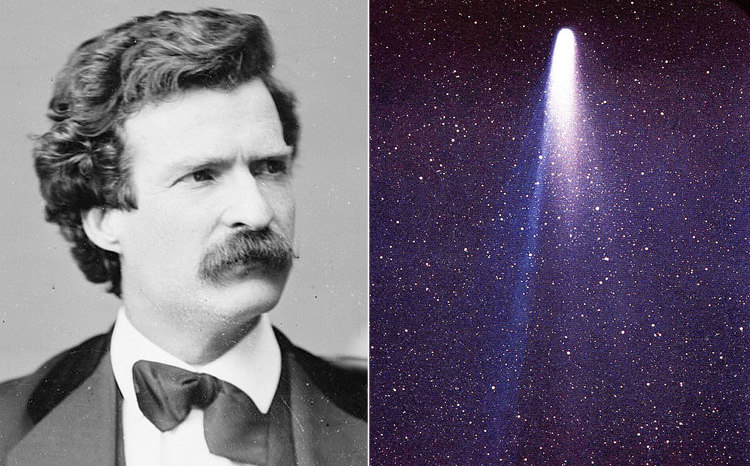
Mark Twain was born on November 30, 1835, exactly two weeks after Halley’s Comet reached its perihelion. During his later life, he went through a period of depression due to deaths of his daughter, wife, son, and a close friend. In 1906, he began writing his autobiography in the North American Review in which he wrote, “I came in with Halley’s Comet in 1835. It is coming again next year, and I expect to go out with it. It will be the greatest disappointment of my life if I don’t go out with Halley’s Comet.” As he predicted, he died of a heart attack on April 21, 1909, the day after the comet returned.
2. In 1863, Jules Verne wrote Paris in the Twentieth Century, which predicted a world of glass skyscrapers, high-speed trains, gas-powered automobiles, calculators, cities with elevators, and a worldwide communications network.

When Verne wrote the book, his publisher, Pierre-Jules Hetzel, refused to release it as he felt it was too unbelievable. For 126 years, the manuscript was supposedly locked up in an empty safe and rediscovered by Verne’s great-grandson in 1989. Often referred to as his “lost novel,” the book explores the life of a young man who struggles to survive in 1960s Paris. It presents a dystopian view of technological advances and a philistine future civilization which only values business and technology.
The book’s description of 1960s technology is astonishingly accurate. There are detailed descriptions of cars powered by internal combustion engines, gas stations, paved asphalt roads, elevated and underground passenger trains, magnetic high-speed trains, electric lights, fax machines, elevators, computers, a network similar to the Internet, wind power, automated security, the electric chair, and many more. It also predicts suburbs, mass-produced education, department stores, and even a version of feminism with women working.
3. In 1838, Edgar Allen Poe wrote a novel about a shipwreck where three survivors ate the fourth survivor, a cabin boy named Richard Parker. In 1884, there was a real shipwreck, in which three survivors ate the fourth survivor, who was also a cabin boy named Richard Parker.
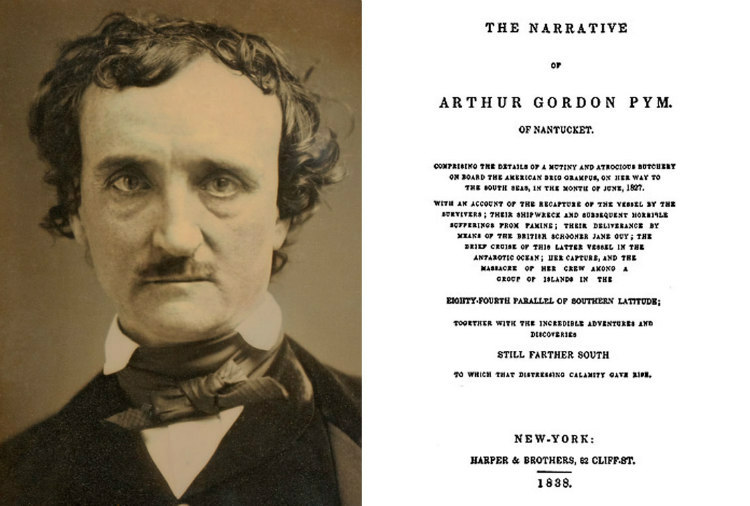
The Narrative of Arthur Gordon Pym of Nantucket was Edgar Allen Poe’s only complete novel and tells the story of a young man who stows away on a whaling ship called Grampus. On May 5, 1974, author and journalist Arthur Koestler published a letter from one of his readers, Nigel Parker, relating an astounding similarity between Poe’s novel and an actual event that happened decades ago. In 1884, the yacht Mignonette sank, and four men were cast adrift. After going weeks without food, they decided to sacrifice the youngest, a cabin boy named Richard Parker who fell into a coma and use him as food just like in Poe’s novel.
The survivors, Tom Dudley and Edwin Stephens, were tried for murder in the famous case R v Dudley and Stephens, which became a precedent in the world of common law that necessity is not a defense for murder. Dudley and Stephens were sentenced to death with a recommendation for clemency. The sentence was later reduced to six months in prison. Though Poe himself called the book “very silly,” it became very influential for authors like Herman Melville and Jules Verne.
4. In 1952, Wernher von Braun wrote a book called The Mars Project which imagined that civilization on Mars would be led by a person called “Elon.”
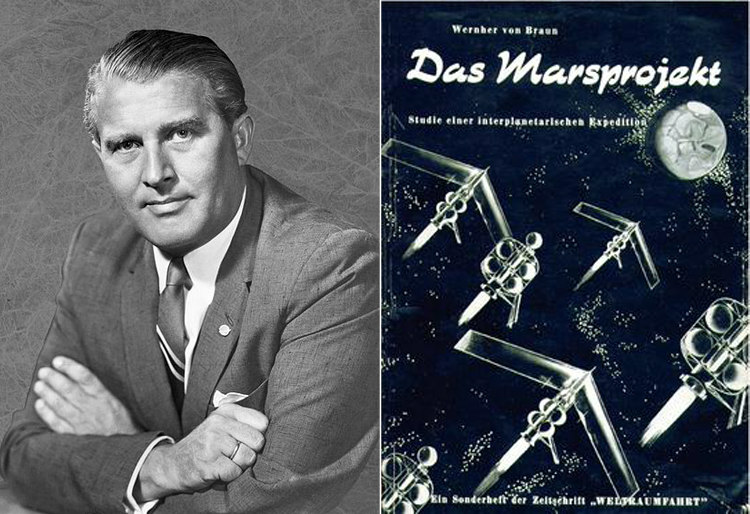
Wernher von Braun was a German rocket physicist, astronautics engineer, and space architect who wrote a The Mars Project (Das Marsprojekt in German) as a technical specification for a manned expedition to Mars. In the book, during a 1980s project to colonize Mars, the characters discover that the planet was already inhabited by an advanced civilization. The Martian government was ruled by a group of ten men with an elected leader having the title “Elon.” In the present day, investor, engineer, and inventor, Elon Musk is the CEO of the company SpaceX which seeks to make human colonization of Mars possible.
5. In 1909, Tesla predicted the Internet but with all our devices using wireless electricity to boot.

Towards the end of 19th century, Nikola Tesla proposed a telecommunications and electrical power delivery system that could allow “the transmission of electric energy without wires” on a global scale. By the end of 1900, he secured enough money to start building a wireless station at Wardenclyffe, New York which he believed could transmit messages across the Atlantic to England and to the ships at sea. But the project had to be abandoned in 1906 as he didn’t receive funds to scale up the project and include wireless power transmission. However, in 1909 he stated that,
“It will soon be possible, for instance, for a business man in New York to dictate instructions and have them appear instantly in type in London or elsewhere. He will be able to call up from his desk and talk with any telephone subscriber in the world. It will only be necessary to carry an inexpensive instrument not bigger than a watch, which will enable its bearer to hear anywhere on sea or land for distances of thousands of miles. One may listen or transmit speech or song to the uttermost parts of the world.”

6. In 1845, the planet Neptune was mathematically predicted before it was directly discovered based on minute irregularities in the orbit of Uranus.
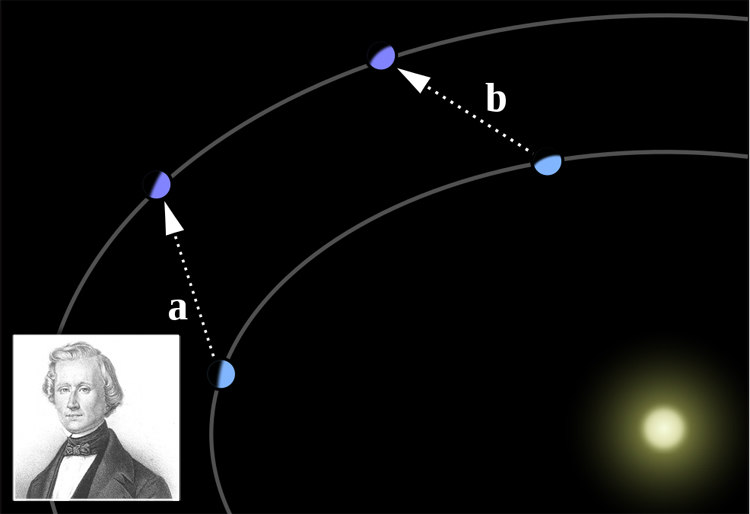
Since its discovery by William Herschel in 1781, Uranus had finished orbiting the Sun by 1847 and astronomers who observed its orbit found irregularities that couldn’t be satisfactorily explained by Newton’s law of gravitation. These irregularities could, however, be explained if there was another, farther planet disturbing the path of Uranus around the Sun. In 1845, French mathematician Urbain Le Verrier who specialized in celestial mechanics, and British mathematician and astronomer John Couch Adams separately began to calculate the details of such a planet.
Unable to convince any French astronomers, Le Verrier sent his calculations to the Berlin Observatory. On September 23, 1846, the planet was observed after searching for less than an hour and at less than one degree from the position Le Verrier predicted. Two more nights of observation confirmed its position and movement earning him the Copley medal from the Royal Society.
7. In 1754, the French mathematician Abraham de Moivre predicted the date of his own death by noticing that he slept an extra 15 minutes each day.
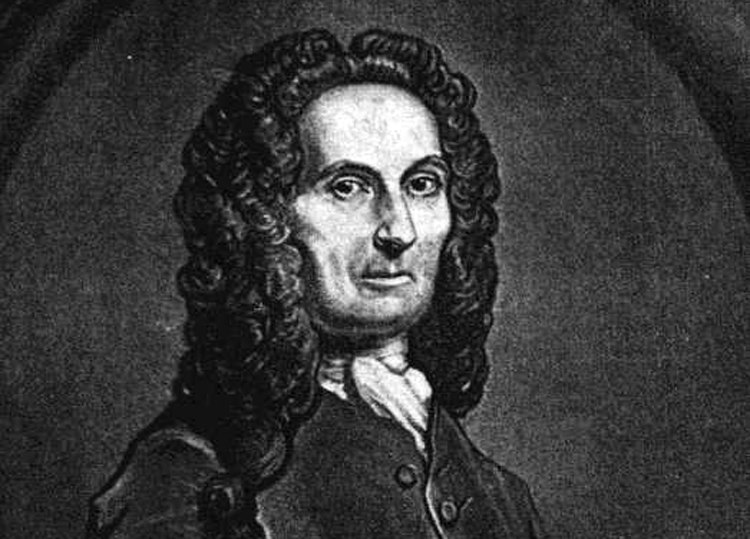
Abraham de Moivre is well-known for the de Moivre’s formula which links complex numbers and trigonometry, and for his work on normal distribution and probability theory. Though he was successful as a mathematician, he was unable to get an appointment as a chair of mathematics, a position that could have alleviated his financial situation. Despite that, he continued to study probability and mathematics until his death. As he grew older, he started needing more sleep, and it is believed that he noted he was sleeping an extra 15 minutes at night. Using that, he was able to calculate the date of his death as the day that sleeping time would reach 24 hours which was November 27, 1754. Though some are skeptical about the story, he did, in fact, die on the very day he predicted he would.
8. In 1898, Morgan Robertson wrote a novella in which a ship named Titan, deemed unsinkable, sinks in the North Atlantic after hitting an iceberg. Fourteen years later, RMS Titanic sank in the North Atlantic after hitting an iceberg.
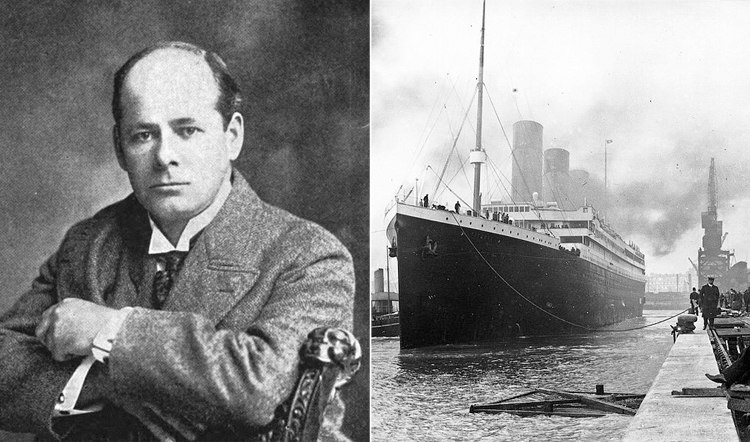
Robertson’s novel The Wreck of the Titan: Or, Futility is the story of a disgraced former US Navy officer who becomes an alcoholic and works as a deckhand on the Titan. Written years ago, similarities between the book’s Titan and RMS Titanic are considered quite uncanny. Just like the Titanic, the fictional ship sank on a night in the month of April. Titanic was 800 feet (244 meters) long and carried 2,200 passengers, and Titanwas 882 feet (269 meters) long and carried 2,500 passengers. Both the ships were claimed unsinkable and did not carry enough lifeboats; 24 on Titan and 16 on Titanic. Both struck the iceberg on the starboard side. When that happened, Titan was traveling at 25 knots and Titanic at 22.5 knots.
9. On June 19, 1941, when three Soviet anthropologists exhumed the Turco-Mongol conqueror Timur’s body, they found an inscription saying, “Whomsoever opens my tomb shall unleash an invader more terrible than I.” Three days later the Soviet Union was invaded by Hitler.
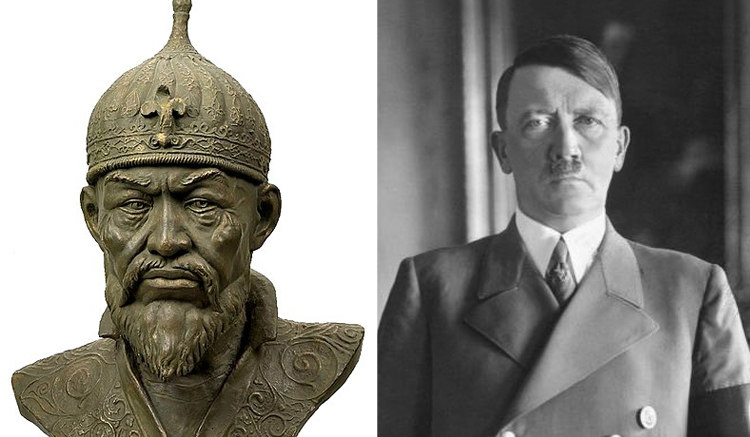
Timur, also known as Tamerlane and Amir Timur, was a Turco-Mongol conqueror who became the first ruler of Timurid Dynasty and founded the Timurid Empire in Persia and Central Asia in late 14th century. He died on February 19, 1405, and was buried in Gur-e-Amir in his tomb in Samarkand, Uzbekistan. Five centuries later in 1941, the Soviet anthropologists Mikhail M. Gerasimov, Lev V. Oshanin and V. Ia. Zezenkova dug up his tomb to examine his remains.
In the tomb, they allegedly found an inscription that said, “When I rise from the dead, the world shall tremble.” After exhuming the body, Gerasimov found another inscription that warned of the invasion that would be unleashed upon whoever opens his tomb. Three days later, Hitler launched Operation Barbarossa considered the largest military invasion upon the USSR. In November 1942, his remains were buried again with full Islamic rites, a time that also happens to be just before the Soviet’s victory in the Battle of Stalingrad.
10. In 2001, one of the Johnny Bravo episodes depicted a poster in the background with one of the twin towers burning and the words “COMING SOON” written on it.
In the episode “Chain Gang Johnny” aired on April 27, 2001, Johnny wants to join the Brotherhood of Gnu, a fraternity that Pops and Carl are members of. For the initiation, he is taken to a black-and-white, Danish movie by Carl that he finds boring. The poster can be seen after they finish arguing about the symbolism in the movie posted on the cinema’s wall behind them.
Source : unbelievable-facts.com

Facebook Comments